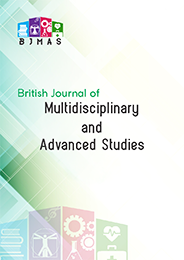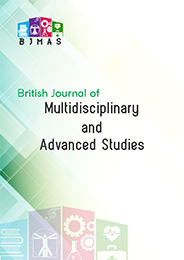The Changing Structure of Nigerian Federalism Since Independence
DOI:
https://doi.org/10.37745/bjmas.2022.04225Abstract
The structure of Nigerian federalism has undergone significant transformations since independence in 1960. This paper critically examines the evolution of state creation in Nigeria, focusing on three distinct phases: the pre-independence demand for more states, state creation under civilian governments, and the more pronounced state creation under military regimes. The study employs a historical-analytical approach to explore the socio-political and economic drivers of state creation during these periods and their implications for federalism in Nigeria. The findings reveal that while state creation was initially motivated by the need for equitable representation and resource allocation, it gradually evolved into a tool for political control and patronage. The paper concludes by analyzing the impact of these structural changes on national integration, governance, and regional development, offering recommendations for the future restructuring of the Nigerian federation.
Downloads
Downloads
Published
Versions
- 19-01-2025 (2)
- 19-01-2025 (1)












